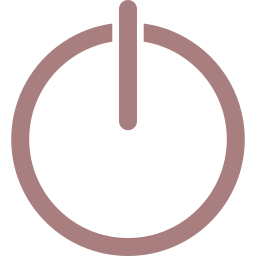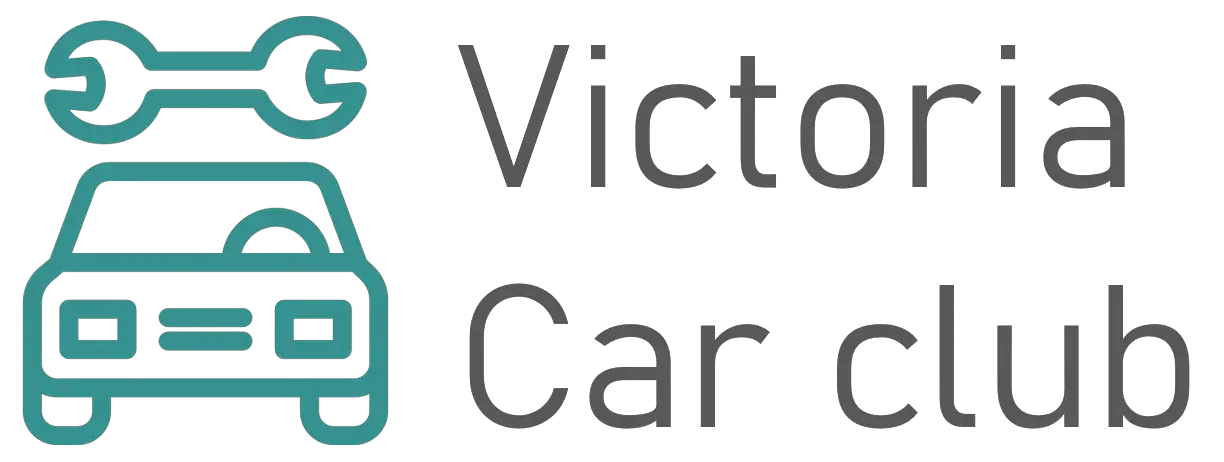When your car is running normally everything is fine, nevertheless if it begins to have frequent problems you may start to wonder, specifically if your car won’t start. In this article we will learn you where the starter of a Renault Clio 3 is, it will help you to solve your ignition problems. To achieve this, we will first describe the role of a starter, then, where is the starter on a Renault Clio 3 , and, finally, how to change the starter of a car.

Purpose of the starter on your Renault Clio 3
We start this content page by explaining the role of the starter motor on your Renault Clio 3. The starter is an electric motor which is powered by your battery, its function will be to make your engine run at a high enough speed to start it (usually around 300/400 rpm). It is built from three main parts:
- The Solenoid: This component is an electrical relay that will work as a switch, it will be activated by the key of your Renault Clio 3 and let the current from your battery to the engine unit of your alternator.
- The engagement pinion: This is the last part of your starter, it is the toothed wheel that will be in direct contact with the flywheel, it allows to send the force from the starter to the engine.
The engine unit: Main component of your alternator, it is the one that will drive the flywheel of your Renault Clio 3 and generate enough speed for your engine unit to start.
Where is the starter on a Renault Clio 3?
Now that we have quickly explained what a starter is and how it functions, we will answer the question that most of you have to ask yourselves where is the starter based on a Renault Clio 3? It is quite easy to find a starter, obviously, it is a large part that will almost always be placed in a similar location. We let you see the two possible places for your car starter below.
Location of the starter on traditional Renault Clio 3
First and most general circumstance, where to find the starter of a Renault Clio 3 with a conventional motor (implied without start and stop). The starter has a specific function, to start the engine unit of your car, for that, it must always be near the engine unit flywheel of this one because it is the part that it actuates when it is used. The flywheel is based at the junction between your gearbox and your engine unit.
Location of the starter to Renault Clio 3 with start and stop
And now second possible starter location of your Renault Clio 3 . This case is much less frequent. It just relates to engines equipped with start and stop, and a good part of them will be equipped with a starter placed close to the flywheel. Nevertheless, on some specific series or engines, the starter of your Renault Clio 3 might be built in in your alternator, it is then called a starter-alternator, to find it nothing less difficult, locate your accessory belt and you should find out the big starter block.
How to change the starter on a Renault Clio 3?
Finally, we’ll explain to you quite quickly how to change the starter of a Renault Clio 3. This procedure is not actually complex, it can be considered by people who have a lowest of basic mechanical expertise and adapted tools. Follow below the main steps to carry out this intervention:
- Disconnect the battery on your Renault Clio 3, if you don’t know how to do it, don’t think twice to seek advice from our content page which details how to do it without taking any risk.
- After locating your starter, loosen the fasteners that hold it in your engine unit block, there will in most cases be 2 or 3
- It will be time to disconnect the power cables from the starter motor of your Renault Clio 3, nevertheless before doing so we suggest you to take a picture of the set up to avoid making a mistake when reassembling.
- It’s possible that to take out it you may need to take out parts like the gimbal.
- Remount the new starter, being careful when connecting the connectors.
- Reconnect your battery and test your starter.
.
If you wish more guides on the Renault Clio 3, go to our Renault Clio 3 category.

